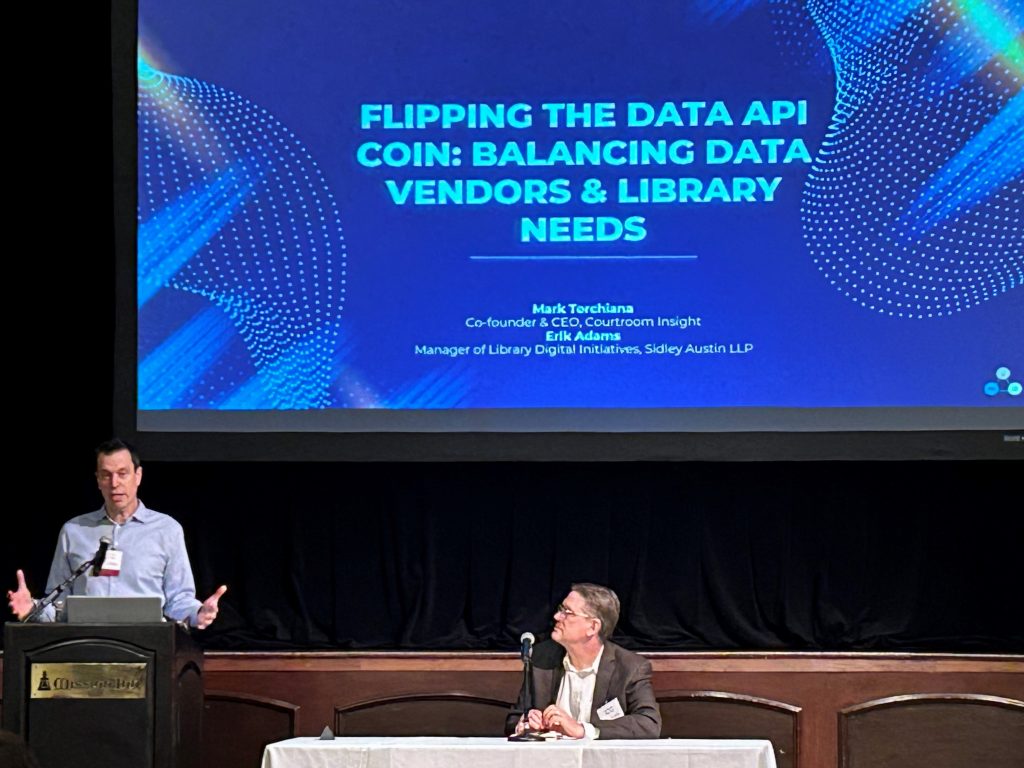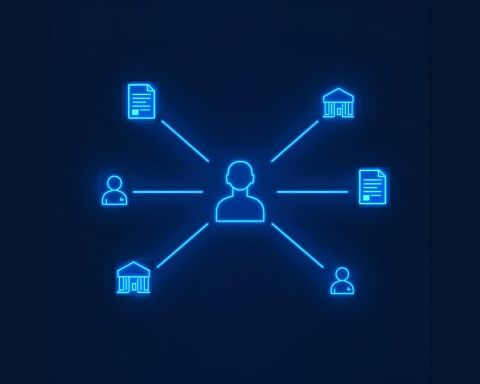In the world of legal technology, the ability to access, analyze, and utilize data is critical to the success of law firms and legal professionals. However, the issue of sharing and integrating data has been long and thorny. Historically, data transfers have been accomplished through a variety of means, ranging from emails to downloading files via FTP. But today, Application Programming Interfaces (“APIs”) are emerging as a new way to share data between different systems.
In this blog post, we’ll take a closer look at APIs and their potential to revolutionize legal data sharing. We’ll explore what APIs are, how they differ from traditional web applications, and what critical factors to consider when assessing APIs. Additionally, we’ll cover some important considerations, such as terms of use, data throttles, cost, and talent requirements.

What is an API?
An API is a protocol or method where two systems communicate with each other so data can be transferred. Think of it like building with Legos: data fits where it needs to go. Most modern technology uses APIs, such as your phone, which utilizes location data, news feeds, emails, and more from a variety of different apps and services. In short, an API is a way to share and integrate different types or sources of data in your firm.
How is an API different from traditional web applications?
The difference between an API and traditional web applications lies in the degree of control you have over the data. With traditional web applications, the vendor provides the data and decides how it is arranged, analyzed, and presented. However, with an API, the vendor or source provides the raw data, and you have the freedom to manipulate it however you like. This saves significant time and effort because old data transfer methods require a lot of human intervention. Importantly, this also enables you to marry external data to your proprietary internal information in new and meaningful ways.
Four critical factors for assessing APIs
When considering APIs for legal data sharing, there are four critical factors to keep in mind:
- Data Quality: Make sure the data source you’re considering is providing quality data. Just because a vendor offers APIs does not mean the data is good quality.
- Content: Consider the coverage, volume, and time frame of the data when comparing alternatives. A wide variety of data types are now available via API including dockets, case law, company information, deal activity, government regulations, and information about people.
- Data Structure: Do you need enriched data or is raw data sufficient? Raw data feeds may be available directly from the source, like a court or government website. Vendors may enrich that data through tags, classification and data normalization. Docket data, for example, may be marked up with SALI codes for motion types and areas of law. The structure of the data export may directly impact how difficult it is to match the data to other internal systems and sources of information.
- Searchability: How easy is it to use the system and how powerful is the search functionality? Some APIs provide simple data feeds and updates, whereas others let you create your own query and return much more sophisticated search results.

Important considerations for APIs
After you have vetted and selected a data source and API to purchase, there are other important considerations to keep in mind:
- Terms of Use: Some vendors require that their data is deleted upon contract termination or removed from your internal systems after a fixed amount of time, like 30 days. Additionally, some vendors require that their data can only be used internally and embedded into reports or analytics but not shared with clients.
- Data Throttles: Consider how much data can be pulled by month, day, hour, or second. These can be contractual or technical limitations associated with the API.
- Cost: First, you pay a subscription price for access to the platform. Then, you pay an add-on price for API access. Be prepared for this and consider what happens if you exceed your allotted data limits.
- Talent requirements: Consider whether you have the necessary technical resources to work with the chosen API. If not, work with your vendor to identify other options for moving forward.
In conclusion, APIs offer a simple and efficient method of sharing data between different systems. While still relatively new in the legal space, APIs are changing the legal landscape by allowing firms to integrate and analyze data across a variety of sources. However, due to the ever-evolving nature of technology and data availability, it is important to carefully consider factors such as data quality, terms of use, data throttles, cost and talent requirements. By doing so, you can ensure that you choose the right API for your firm’s needs.




